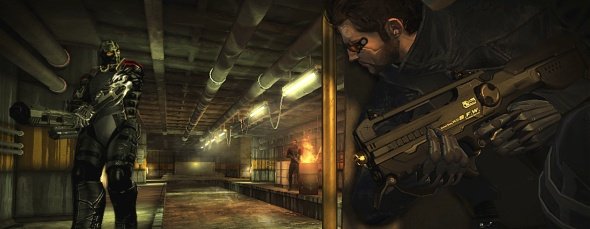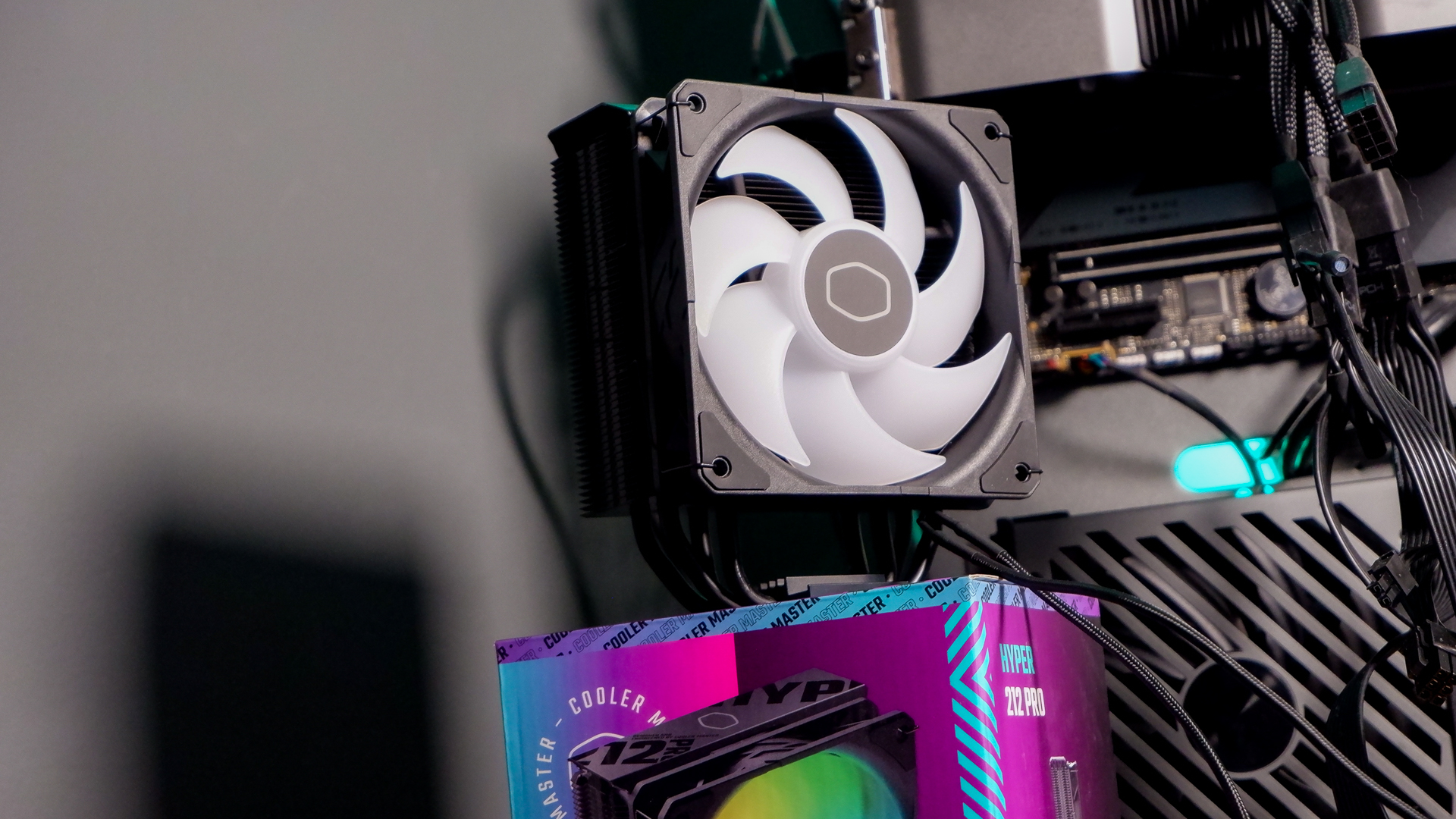Interview: Designing Deus Ex: Human Revolution
PCG: Something else we complained about in Invisible War was that the levels were a little too small. I know the levels we saw today had open areas where you can go wherever you like, but do you have anything on the same scale of Liberty Island from Deus Ex 1?
Dugas: Actually we have... it's a mix of both. We have maps that are more compounds, that feel more like Area 51, it's slightly open outside but you go inside in the facility and there are secret areas. There's multi-path but you're in corridors and rooms and things like that. But also we have big cities, like Detroit and Shanghai. What you've seen today was just two corners of a street. The city of that map is really bigger than what you've seen today. Today was just a small part for the purpose of the demo. And yes, you're going to be able to explore every corner of those cities.
Also, we try to when it makes sense to broaden the flexibility of the objectives. For instance in Detroit, without revealing too much of the missions, you have Objective A, when it's done you do Objective B, when it's done you do Objective C. But when you start with Objective A, if you decide, “Okay, I could go and do it, but I want to explore in that direction.” You can go explore that direction. And at some point you see a terminal or something and you can hack it, you can shut it down. And one of your guys says,
“Hey Jensen, what did you just do?”
“I don't know, there was this switch and it just... what did I do?”
“I'll come back to you later.”
Your character, and you yourself as a player, don't know what you just did, but the game acknowledges it, and as you complete the objectives what you discover is that was [Objective C]. And basically, since you already did it, then your mission is done. You can go to extraction point and just leave, or go wherever you want to go.
Keep up to date with the most important stories and the best deals, as picked by the PC Gamer team.
So we're trying to keep the game as flexible as possible when it makes sense for those things. If you explore and you discover some items, “I don't know what I'm going to do with it”, but then at some point you meet characters that, for them, it's important. And if you already have it, your character will be allowed to choose, “I think I already have what you needed.” So even though the story is linear, as you play, what you do is going to be flexible enough to accommodate other play styles.
PCG: I know you guys said that the stealth is based on cover rather than light and dark, but does that mean that light and dark don't play any role in detection?
Dugas: Basically our system is based on the breaking of line of sight, and making no noises, because in our game we have some environments that are quite light. Some are darker, but some are brightly lit. Because of the context you go there in, it wouldn't make sense to put it in shadows and everything. Basically we needed to build a stealth system that would work everywhere, not just in some maps. That's why we decided to go on breaking the line of sight and managing the sound produced around you.

PCG: My problem with cover systems is that inevitably there's a point where my guy just suddenly lurches towards something that I didn't want to stick him to. How do you combat stuff like that?
Dugas: I don't know if you played Rainbow Six: Vegas, if it felt right to you or not?
PCG: I did, but I can't remember quite what my opinion of it was...
Dugas: [laughs] If you felt it was right then you're going to think our game is going to feel right. But if you thought it was not right then you're going to think it's not right.
PCG: I'll go and play it.
Dugas: Basically, if you don't hold the trigger, you're never going to take cover. So there's no way to be confused and to enter cover when you don't want, or get out of cover when you don't want to. A lot of games it feels a bit like that. I was playing Mass Effect 2, I finished it a month ago or something, at some point I was in the heat of a battle and discovering, “Oh my God, I've left cover, and he won't go back!” What we do is that you need to pull and hold the left trigger in place, and when you release it you are out of cover. You just need to be close to where you want to take cover, just press it in. It should be simple. If you go back and play Rainbow Six: Vegas, you should feel right at home.
Update: I actually did exactly this when I got back to the UK, and fell back in love with the Vegas games. The cover system is great, perhaps the only great one I've tried, and it's both useful and intuitive. Being in first-person and precisely controlling your view means that it's almost impossible to stick to something you didn't mean to. And being in third-person once you are in cover lets you stop and plan how you're going to deal with the enemies you see around the corner. We're talking about it over in the forums, come and join us if you have an opinion.
Yesterday in Deus Ex week I gave you my blow-by-blow account of everything I saw of Deus Ex: Human Revolution in action. Since we've been talking a lot about whether it can capture what makes Deus Ex great, tomorrow we'll be returning to the first game to explore why it does work, and recount a particularly ridiculous play-through of the classic Liberty Island level.

